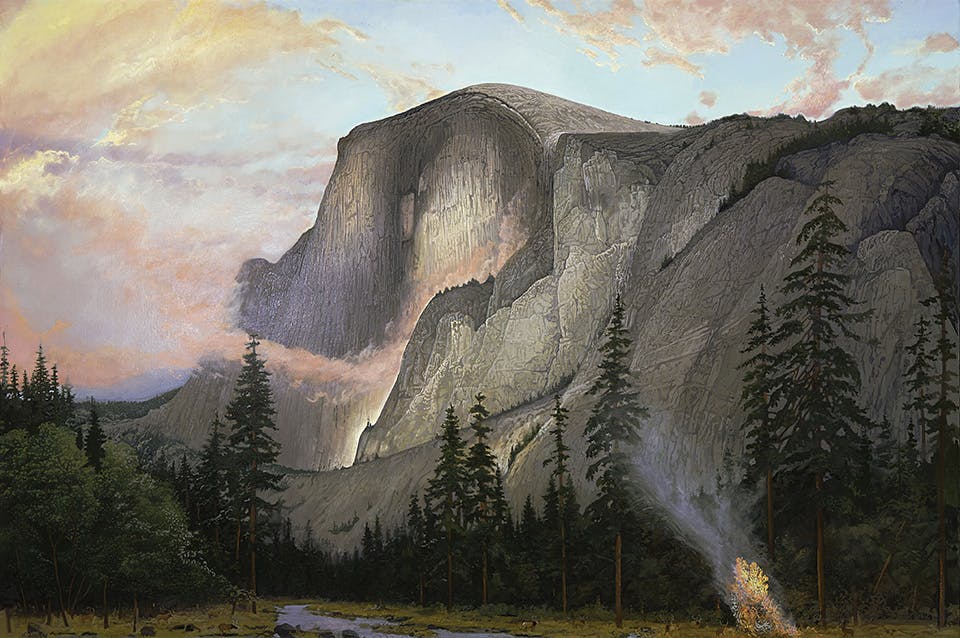Arts
‘America’s Epic Treasures featuring Preternatural by Michael Scott’ in Cincinnati
This Cincinnati Museum Center exhibition showcases vast American landscapes by way of 33 large-scale paintings from artist Michael Scott.
Related Articles

See ‘Tony Foster: Exploring Time, A Painter’s Perspective’ in Dayton
Artist Tony Foster examines both the enormity and fleeting nature of time with his watercolor paintings. An exhibition of his work opens at the Dayton Art Institute on Feb. 21. READ MORE >>

Explore Prohibition History at the Anti-Saloon League Museum
The Westerville History Museum shares how the city was once the headquarters of the Anti-Saloon League, an organization which helped spur the enacting of the 18th amendment. READ MORE >>

New Book Details Origins and Evolution of Dayton’s Carillon Historical Park
The destination’s vice president of museum operations Alex Heckman and curator Steve Lucht wrote the 222-page, hardbound coffee-table book. READ MORE >>



